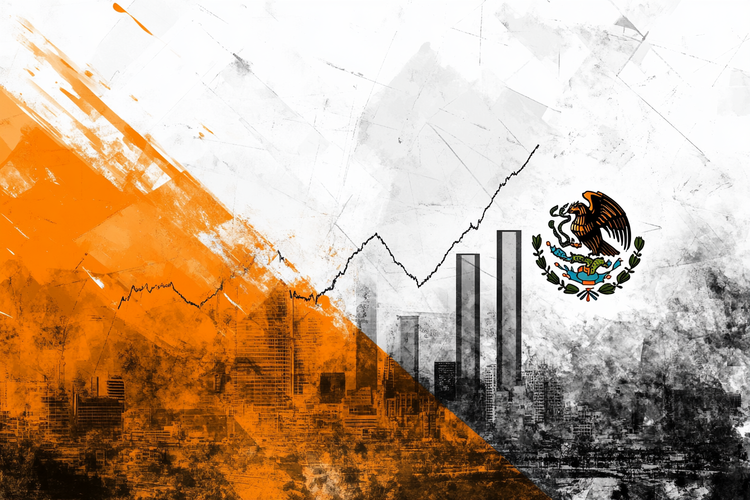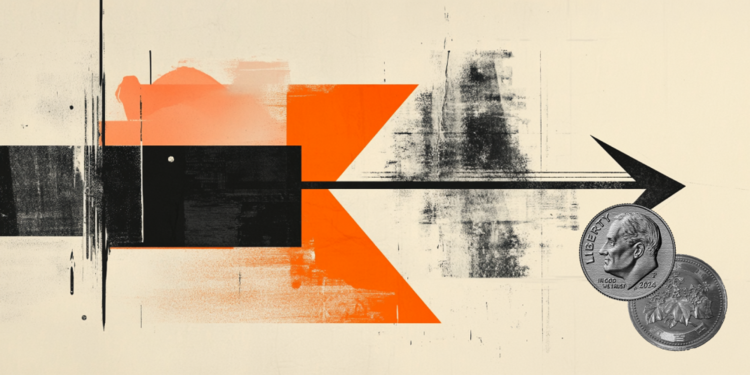A headache , or headache, is a common symptom of several health conditions. According to experts interviewed by CNN , around 96% of the world's population will have the symptom at some point in their lives. The pain can often be resolved with painkillers. However, in certain cases, the symptom may be an indication of something more serious and requires appropriate treatment.
“The prevalence of headache is high in the general population and conditions that cause headache are very common. Therefore, it is expected that a portion of the population will present this symptom sporadically”, explains Cesar Castello Branco Lopes, neurologist at Hospital Nove de Julho, to CNN .
However, it is important not to neglect this pain, nor to normalize it. According to the specialist, any pain that impacts a person's quality of life must be investigated and treated appropriately.
“Considering these pains as normal can prevent adequate and early treatment of headaches. Unfortunately, delays in finding qualified professionals are still very common and occur when the headache, which was previously considered normal, starts to disrupt and impact the individual's daily life,” he says.
Main causes of headache
To understand when a headache could be serious, you first need to understand what could be behind this symptom. Headache can be divided into two types: primary which is not caused by an underlying disease, and secondary which occurs as a result of another health condition, from a viral infection, to more serious conditions, such as brain tumors.
“There are more than 200 types of headache, which is a fact that very few people know,” says Sophia Costa, head of neurology at the emergency room at Hospital Alemão Oswaldo Cruz, to CNN .
According to the expert, primary headaches are related to an increase in pain sensitivity activity in brain structures. The most common types of primary headache are migraine and the tension headache .
Migraine is a chronic neurological disease characterized by recurrent episodes of headache, which is usually unilateral, pulsating and worsens with physical activity, and may be accompanied by nausea, vomiting and photophobia (sensitivity to light). Tension headache is a “squeezing pain” on both sides of the head, which is not accompanied by other symptoms.
“However, even this type of headache can worsen if it is not identified and treated appropriately,” he highlights. Lopez.
When does a headache become worrying?
Headache can be a serious symptom that deserves attention when it presents some specific signs, such as pattern change . “It is important that individuals who suffer from primary headaches know the pattern and usual frequency of their pain. Changes in this pattern should motivate investigation”, advises Lopes.
A progressive worsening of the symptom is also an alarm signal, especially when the pain is not relieved with medication . Pain that starts with specific postures, such as standing for a long time or after lying down should also be investigated.
Furthermore, symptoms that occur along with the headache are also changes that indicate that the headache may be related to a more serious health condition. This is the case of:
- Fever;
- Somnolence;
- Decreased strength or sensitivity in the leg or arm;
- Convulsive crisis.
“All headaches with warning signs should be investigated with imaging tests or, depending on the patient's condition, other complementary tests”, advises Costa.
“There are several potentially serious medical conditions that lead to persistent headaches, such as intracranial pressure disorders, brain tumors, problems with the cerebral vasculature, infections and cerebral inflammatory conditions”, adds Lopes.
Sudden onset headache is also a warning sign
An intense and sudden-onset headache, that is, one that started suddenly, without any apparent cause, is an alarm sign for a serious health condition.
“These conditions raise suspicion about the possibility of problems in the cerebral vasculature, such as ruptured cerebral aneurysms or constriction of intracranial arteries”, says Lopes.
Could a headache be a sign of a stroke?
Not necessarily. According to the neurologist at Hospital Alemão Oswaldo Cruz, most of the time, a headache is not a sign of a stroke. However, in some specific cases, the cause of the stroke can lead to headache. “For example, there are some strokes that are caused by spasms in the vessels and this also causes pain. But it’s not common”, explains Costa.
“Headache can occur in hemorrhagic strokes, which are caused by ruptured arteries or intracranial aneurysms. These conditions should be suspected in cases of sudden onset and severe headache and when associated with neurological symptoms, such as muscle weakness, loss of sensitivity, difficulty seeing and speaking, mental confusion, inability to walk or loss of coordination”, adds Lopes.
How to treat headache correctly?
When noticing any suspicious warning signs in the headache, It is essential to see a neurologist to investigate the cause . Furthermore, a specialist should also be consulted when the headache starts to affect quality of life and routine.
Treatment may vary according to the cause, especially in secondary headaches. In situations of primary headache, self-care measures and analgesic medications can help, such as paracetamol, ibuprofen or aspirin. (Remember: these last two medications are not recommended if dengue is suspected).
Source: CNN Brasil
I am an experienced journalist and writer with a career in the news industry. My focus is on covering Top News stories for World Stock Market, where I provide comprehensive analysis and commentary on markets around the world. I have expertise in writing both long-form articles and shorter pieces that deliver timely, relevant updates to readers.







